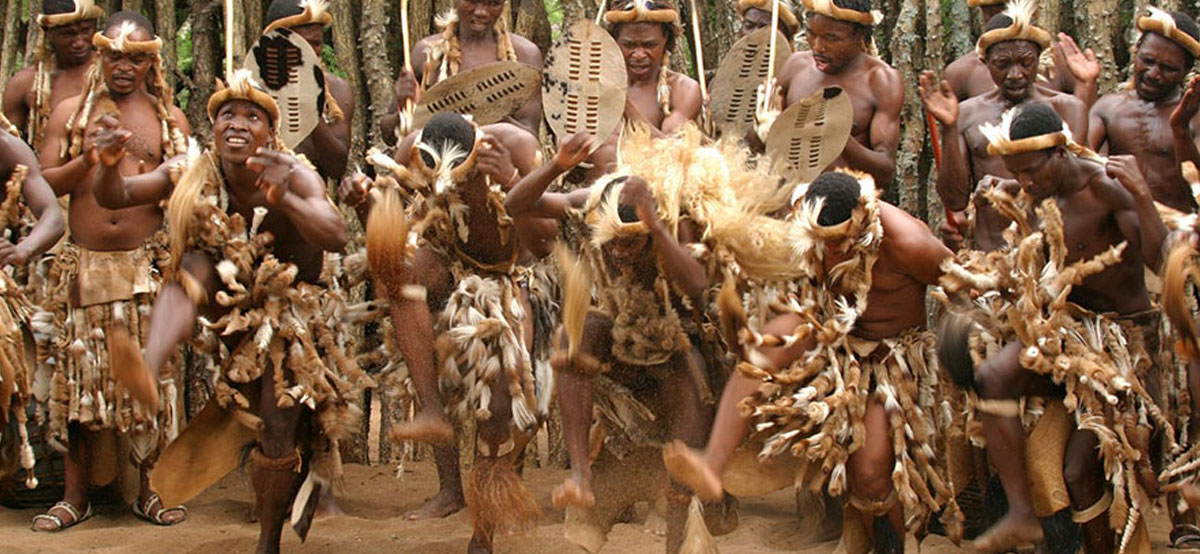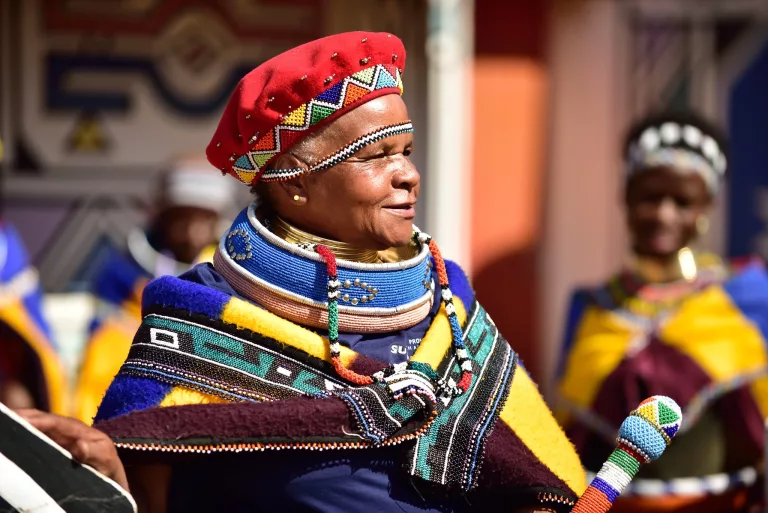The 45-Second Trick For South African Culture Today
The 45-Second Trick For South African Culture Today
Blog Article
Indicators on South African Culture Today You Should Know
Table of ContentsHow South African Culture Today can Save You Time, Stress, and Money.Some Of South African Culture TodayThe 6-Minute Rule for South African Culture TodayMore About South African Culture TodayThe Buzz on South African Culture TodayThe Facts About South African Culture Today Revealed
This follows with vocal singing and drum whipping. The bride and groom after that consult with the senior citizens and discuss the relevance of their union. A matter of significance in Zambian villages is the diing of enjoyed ones. All members of the village put cash, effort and time together for the burial of the deceased.During the mourning period; men stay outside the home and the ladies stay inside the home of the deceased. After discussing the dead, the town strolls to the area of funeral to claim their last bye-byes. Songs and dancing is an extremely essential element of the Zambian culture. The different tribal systems have their own dance forms; however, makishi is common amongst all tribes.
South African Culture Today Can Be Fun For Anyone
When it pertains to music, drums are used one of the most, with a variety of drumming ceremonies. In Zambia, bulk of the people are Christian; Protestant and Roman Catholic. There are little teams of Muslims and Hindus, with the remainder adhering to local native tribal ideas.

South African heritage and society is tremendously diverse, and consists of several teams of people that each have their own traditions and beliefs. Having such a diversity of people and societies is what makes South Africa so one-of-a-kind. In real sense of the phrase, we are a rainbow country.
South Africa has about 3 hundred thousand Portuguese individuals staying in it. Making it the 7th on the listing of countries with the most Portuguese people in it beyond Portugal. Portuguese is not just a society, however it is also a language and a nationality. Portuguese individuals stem from the country of Portugal in Europe, however, due to Portugal (like several various other countries in Europe) exploring the globe and overcoming other countries throughout the 15th 20th centuries, South Africa has what we call Portuguese South African's living in it.
South African Culture Today Things To Know Before You Buy
Amongst the prominent functions of the topography is a plateau that covers almost two thirds of the facility of the country. The plateau complex climbs toward the southeast, where it climaxes in the Drakensberg array, part of an escarpment that divides the plateau from the coastal areas. The Drakensburg consists of Sparkling wine Castle, the greatest height in the country.
The region north of the Witwatersrand, called the bushveld, inclines downward from eastern to west towards the Limpopo River, which develops the global border. The western section of the plateau, the middleveld, likewise comes down towards the west and varies in elevation in between the highveld and bushveld. In between the Drakensburg and the eastern and southerly coastline, the land descends to the sea.
Nearer the coastline there is a low-lying level called the eastern lowveld. Southwest of the plateau the nation becomes progressively a lot more dry, offering method to the stony desert of the Great Karroo, surrounded on the eastern by the reduced, much better sprinkled plateau of the Little Karroo. Separating the dry southern interior from the sandy littoral of the southern coastline and West Cape is an additional array, the Langeberg.
5 Easy Facts About South African Culture Today Described
The country's racially, ethnically, and politically separated background has produced national and subnational icons that still operate as signs of the country, and others symbols that are approved just by specific teams. The monoliths to white settler conquest and political supremacy, such as the Afrikaner Voortrekker ("pioneer") Monument in Pretoria and the Rhodes Monolith recognizing the British colonial realm home builder and Cape head of state Cecil Rhodes, stay sectarian symbols.
The first modern-day citizens were the San ("bushman") hunter-gatherers and the Khoi ("Hottentot") peoples, who rounded up animals (South African culture today). The San may have been existing for hundreds of years and left evidence of their visibility in countless ancient cavern paintings ("rock art"). Bantu-speaking clans that were the forefathers of the Nguni (today's amaZulu, amaXhosa, amaSwazi, and vaTsonga individuals) and Tswana-Sotho language groups (today's Batswana and Southern and Northern Basotho) moved down from eastern Africa as early as the fifteenth century

Both previous republics of the Orange Free State and Transvaal (South read the full info here African Republic) were established by Afrikaner settlers that beat and dispossessed the Basotho and Batswana. Lesotho would certainly have been forcibly integrated right into the Orange Free State without the expansion of British protection in 1869. The supreme unification of the country arised from the South African Battle (18991902) in between the British and both Afrikaner republics, which decreased the nation to wreck at the beginning of the twentieth century.
Afrikaners historically considered themselves the only real South Africans and, while providing complete citizenship to all residents of European descent, denied that condition to individuals of shade up until the autonomous change of 1994. British South Africans maintain a sense of cultural and social connection to Great Britain without deteriorating their identity as South Africans.
The smart Trick of South African Culture Today That Nobody is Discussing
The diversity and fragmentation within ethnic collections and the balance of stress in between those groups during the twentieth century stopped interethnic civil dispute. While intergroup stress over sources, privileges, and political supremacy remain, those conflicts are as most likely to pit Zulu against Zulu as Zulu versus Xhosa or African versus Afrikaner.
From colonial India, British merchants and managers brought the bent metal ornamental roof coverings and slim lace job columns that still epitomize the terraces of homes in the areas and cities throughout the country. Homes of prayer add an essential building aspect also in the tiniest towns. Along with the rising steeples and traditional stonework of Afrikaans Dutch Reformed churches, Anglican churches, synagogues, mosques, and Hindu temples give range to the spiritual building scene.

Slaughtering and the developing of traditional cereal beer are necessary in securing the involvement and a good reputation of the forefathers that are considered the guardians of good luck, success, and well-being. Indian communities preserve their indigenous cooking practices and use them on Islamic and Hindu routine and ceremonial occasions. Afrikaners and Coloured people gather at find this weekends and special events at multifamily bbqs called braais, where area bonds are reinforced.
Because this was the main economic enterprise of both black Africans and white colonists, dispute between those groups centered on the ownership of grazing land and animals. In 1867, the biggest ruby deposits worldwide were found at Kimberley in the west central area. The wealth from those fields helped finance the exploitation of the best gold reef on the planet, which was discovered on the Witwatersrand in 1886.
South African Culture Today - Truths
This caused misunderstandings and deliberate misstatement in the transactions of white settlers and federal government officials with African principals throughout the colonial duration (South African culture today). In the establishment of African gets, some facets of communal and primarily "tribal count on" land tenure were maintained, and even in white country areas, kinds of common period were still practiced in locations with African neighborhoods
After the democratic improvement of 1994, programs for land restitution, additional info redistribution, and reform were instituted, yet progress has actually been sluggish. The white minority still regulates eighty percent of the land. In the wake of farming land intrusions in Zimbabwe, the Department of Land Affairs has actually promised to speed up land redistribution.
Report this page